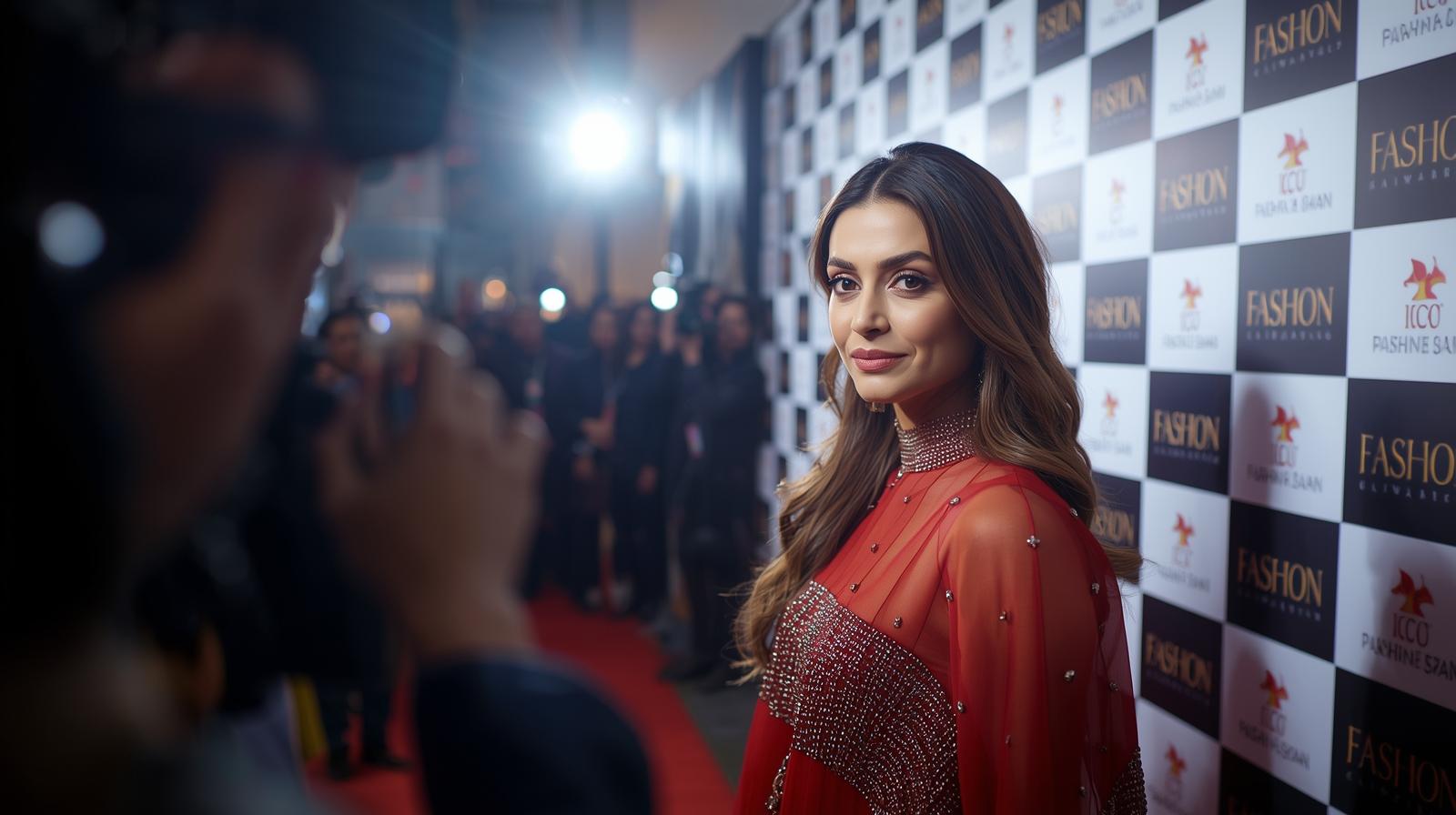Recent reports have highlighted a concerning trend in the fashion industry: a significant decrease in the number of plus-size models featured in major fashion shows. According to a Vogue Business report, out of 9,038 outfits showcased at 198 womenswear shows, 97.1% were modeled by straight-size models (US size 0–4), with only 0.9% by plus-size models (UK 18+) and 2% by mid-size models (UK 10–16).
This marks a sharp contrast to previous seasons, where there was a noticeable increase in size inclusivity. Experts attribute this regression to a cultural shift back towards thinness, influenced in part by the rising popularity of GLP-1 weight-loss drugs and trends in body modification.
Industry Response and Consumer Demand
Despite the decline in runway representation, consumer demand for size-inclusive fashion remains strong. Brands that continue to feature plus-size models in their campaigns report positive responses from audiences.
However, critics argue that the industry’s current approach to inclusivity is often superficial, with some brands engaging in tokenism rather than making genuine efforts to embrace body diversity. There is a call for brands to move beyond one-off inclusivity initiatives and integrate diverse body representations into their core identity.
The Need for Structural Change
Therefore achieve meaningful change, experts emphasize the necessity for structural reforms within the fashion industry. Hence includes standardized extended sizing, better education in size grading, and a commitment to inclusivity that goes beyond seasonal trends. Without these changes, the fashion industry risks perpetuating narrow beauty standards and excluding a significant portion of the population.
For more style updates & exclusive fashion stories follow indiafashionicon.com

 info@indiafashionicon.com
info@indiafashionicon.com









